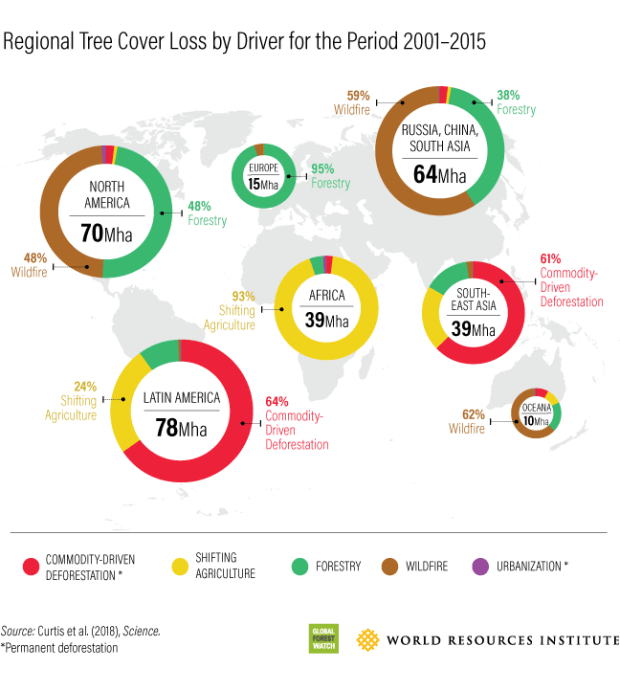
 1
1





Learn more about my book and my podcast at buildingabetterworldbook.com.
Developer of the Land Notes app.
 2
2




 4
4




A human being should be able to change a diaper, plan an invasion, butcher a hog, conn a ship, design a building, write a sonnet, balance accounts, build a wall, set a bone, comfort the dying, take orders, give orders, cooperate, act alone, solve equations, analyze a new problem, pitch manure, program a computer, cook a tasty meal, fight efficiently, die gallantly. Specialization is for insects.
-Robert A. Heinlein




 3
3




A human being should be able to change a diaper, plan an invasion, butcher a hog, conn a ship, design a building, write a sonnet, balance accounts, build a wall, set a bone, comfort the dying, take orders, give orders, cooperate, act alone, solve equations, analyze a new problem, pitch manure, program a computer, cook a tasty meal, fight efficiently, die gallantly. Specialization is for insects.
-Robert A. Heinlein




"The rule of no realm is mine. But all worthy things that are in peril as the world now stands, these are my care. And for my part, I shall not wholly fail in my task if anything that passes through this night can still grow fairer or bear fruit and flower again in days to come. For I too am a steward. Did you not know?" Gandolf
 1
1




Chris Kott wrote:That graph also fails to indicate the density of the cover in the areas discussed. A thousand acres taken out of savannah is far fewer trees than a thousand acres of boreal forest.
One unpopular idea I hold is that forestry, especially for paper pulp, is as destructive as farming in terms of the health of the forest. We've taken actual, no-fooling boreal and mixed temperate hardwood transitional forest, naturally something of a polyculture, and we've monocropped it in a single species. When the industry collapses, and there's no more money for forest management, we have a monocrop desert far worse than the natural state of affairs of a boreal forest, and those are naturally pretty sparsely-populated to begin with.
So if we really wanted to do something about fixing deforestation, we would mandate that for every paper product made, that a large percentage of its biomass, up to 100% where applicable, be derived from a cheap, plentiful, fast-growing field crop that can be pulped and turned into paper, like hemp.
I would like a list of such field crops, especially including any that would produce fibre for paper pulp as a by-product of another harvest, but that's less important than getting our forests out of monocrop and back to the beavers, as it should be.
-CK




A human being should be able to change a diaper, plan an invasion, butcher a hog, conn a ship, design a building, write a sonnet, balance accounts, build a wall, set a bone, comfort the dying, take orders, give orders, cooperate, act alone, solve equations, analyze a new problem, pitch manure, program a computer, cook a tasty meal, fight efficiently, die gallantly. Specialization is for insects.
-Robert A. Heinlein








A human being should be able to change a diaper, plan an invasion, butcher a hog, conn a ship, design a building, write a sonnet, balance accounts, build a wall, set a bone, comfort the dying, take orders, give orders, cooperate, act alone, solve equations, analyze a new problem, pitch manure, program a computer, cook a tasty meal, fight efficiently, die gallantly. Specialization is for insects.
-Robert A. Heinlein














Josh Garbo wrote:Tangential point, but curious what the potential is for reforestation of arid areas (mainly with swales and pumping groundwater) to establish trees. My sister is doing similar on a smaller scale in Colorado. People seem not to understand how much tree shade cover is necessary in arid (or even temperate) areas to allow grasses and other productive plants to get established. Bumping up evaporation rates from trees restores rainwater, etc.... interested in larger-scale operations to improve projects such as China's green wall. Could we completely reverse and push back the creeping deserts? Or are there more limitations to ecosystem modification than we might realize?

|
I am mighty! And this is a mighty small ad:
12 DVDs bundle
https://permies.com/wiki/269050/DVDs-bundle
|




